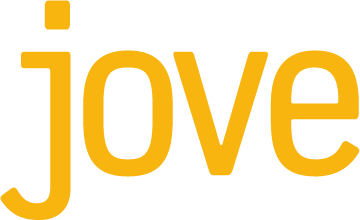Talking to institutions and RIAs
/It’s a truism that institutions and RIAs don’t like to be marketed to by asset managers.
But is it really true?
Like any other buyers of investment management, institutions and RIAs want to know how your strategy will benefit them. They want to know what you have to offer, and they want your help in making the connection between your offering and their problem.
And that, friends, is marketing. The question is, how do institutions and RIAs want to be marketed to? How should we talk to them?
We had a chance to hear this directly from RIAs and institutional buyers during a recent engagement with an asset manager seeking to move into the institutional market.
We developed several new positioning statements. Some were more “institutional”—that is, purely literal and devoid of metaphor and similar rhetorical techniques. And some were more “retail”—freely using metaphors, value judgments, and emotional appeals. Then we tested these statements in moderated phone surveys with over 15 institutional gatekeepers and RIAs.
Don’t tell him what to think
The results were mildly surprising. Almost all of the institutional buyers preferred the factual positioning statements—no shock there. But a number of RIAs preferred the retail versions. (These were RIAs at the higher end of the sophistication spectrum; our client is a quant manager of liquid alternative strategies).
One institutional buyer’s response went straight to the heart of the matter. “We want to draw our own conclusions. Don’t make them for us.” Institutions simply do not want to feel they’re being told what, or how, to think.
Even metaphors—in the right hands, an elegant and powerful technique for simplifying difficult concepts and highlighting value and benefits—make these professionals feel like they’re being sold to. You can almost see their neck hairs bristle.
Here’s what we think is going on. In his classic, Thinking, Fast and Slow, Daniel Kahneman describes two modes of thinking: System 1 (quick, automatic, with little or no effort) and System 2 (slower, deliberate, effortful).
In many professions—medicine, engineering, and institutional money management among others—practitioners must be seen, and must see themselves, as System 2 thinkers who avoid and even spurn System 1 thinking. After all, society doesn’t reward these professionals with money and status for their cognitive ease.
We’re not saying that this is all just signaling on the part of institutional buyers. We want them to be System 2 thinkers, and we all benefit when they do this successfully.
We are saying that for marketers wishing to connect with institutional buyers, it’s incredibly helpful to remember this mindset. You’ll have to abandon many of the techniques we use to foster understanding—textual and visual metaphors, value judgments, benefit-driven language, any hint of emotional appeal, other mental shortcuts that most consumers actually prefer.
Instead, you can help institutional buyers draw their own conclusions by using some of the other tools in your marketing toolkit—clarity, brevity, helpful organization, great data visualization. Apply these tools not just to content but to digital interfaces, presentation methods, and other touchpoints.
What does this mean for RIAs? In our experience, they can be just as prickly as institutions about being marketed to. We’d still operate under that assumption, but this research suggests that some fraction of RIAs are more open to approaches that appeal to System 1 thinking.
Summarizing:
Institutional buyers need to be seen as System 2 thinkers. Market to them with tact, delivering information in ways that help them come to their own conclusions.
Some RIAs may be more open than we think to System I approaches (metaphor, value judgments, etc.) Consider controlled experimenting.
Advisors (i.e. asset gatherers) tend to be very comfortable with marketing that relies on System 1 techniques.
Whatever you do, always test your messaging first.
Photo “Serious” by Lee Haywood is licensed under CC BY-SA 2.0


